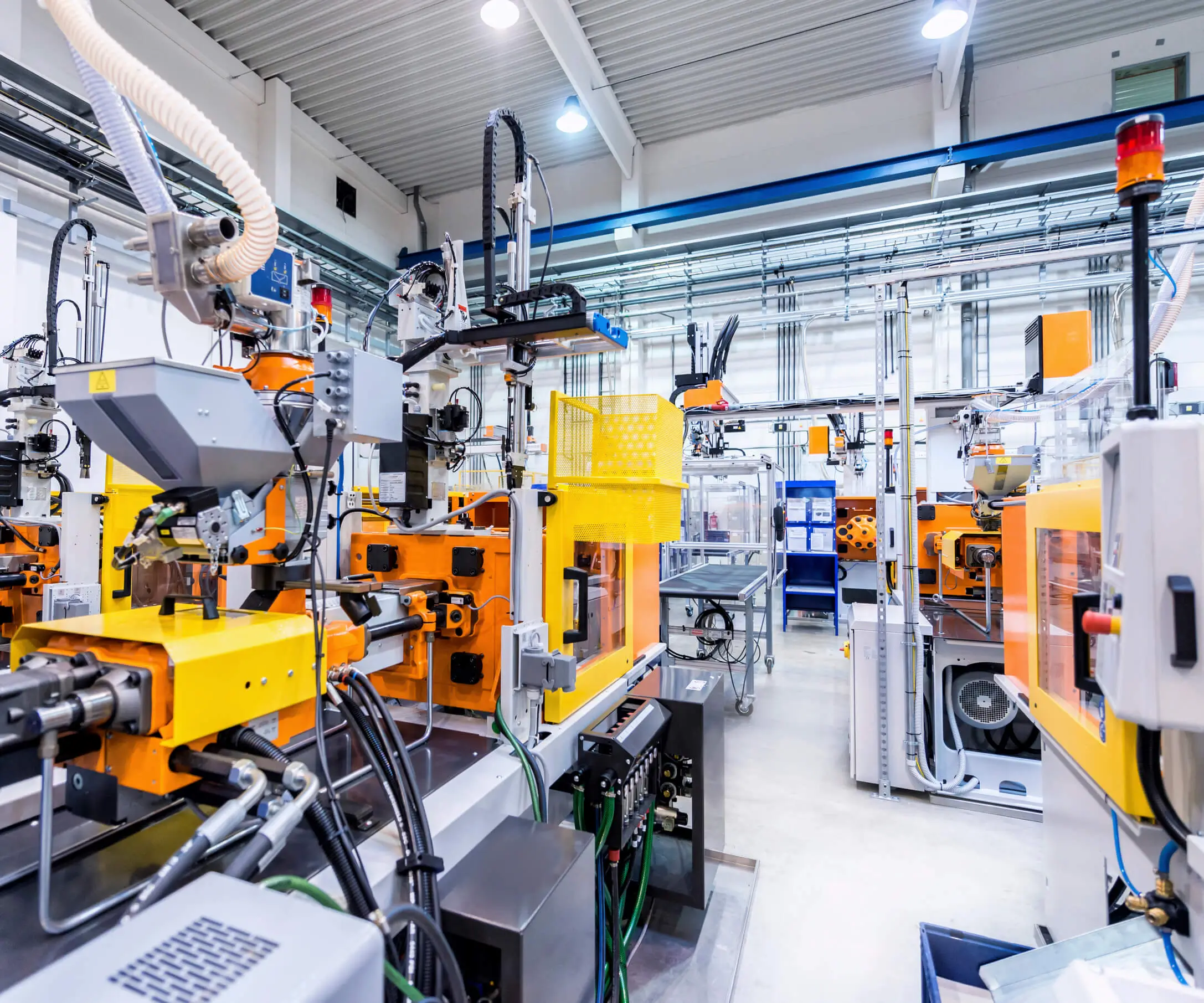Unleashing the Power of Servo Motors with Arduino: A Gateway into Automation and Robotics
Imagine a world where machines move with pinpoint accuracy, where tiny motors can bring your creative ideas to life—welcome to the realm of servo motors controlled by Arduino. Whether you're an aspiring roboticist or a hobbyist eager to add movement to your projects, mastering servo motor control opens up endless possibilities.

What is a Servo Motor?
At its core, servo motors are compact, rotary actuators designed to provide precise control over angular position, speed, and acceleration. Unlike regular motors that run continuously, servo motors are equipped with a built-in feedback system—known as a potentiometer—that constantly reports the position of the shaft. This feedback allows for incredibly accurate movements, making servo motors indispensable for tasks like robotic arms, camera gimbals, and remote-controlled vehicles.
Why Use Arduino for Servo Control?
The Arduino platform has revolutionized DIY electronics, offering an accessible and versatile environment for controlling hardware components like servo motors. Its simple programming language, which is based on C/C++, paired with a vast community and abundant tutorials, makes it ideal for beginners and seasoned engineers alike. With just a few lines of code, you can command your servo motor to rotate to specific angles, oscillate back and forth, or follow complex motion sequences.
Setting Up Your Workspace
Before diving into coding, gather your essentials: an Arduino board (like Uno, Nano, or Mega), a servo motor, jumper wires, a breadboard, and a power supply if needed. Connecting the servo to your Arduino requires only a handful of steps:
Connect the Power Lines: The servo’s red wire goes to the Arduino's 5V pin, and the black or brown wire to GND. Some servos have a yellow or white signal wire—this is the control line.
Connect the Signal Line: The control wire connects to one of the Arduino’s digital PWM pins (such as D9). PWM pins can send pulse-width modulation signals, enabling precise control over the servo position.
Power Considerations: Servos can draw quite a bit of current. If you're controlling more than one or using a high-torque servo, consider powering them separately with a dedicated power supply to avoid overstressing your Arduino.
Programming the Servo: The Basics
The first step is writing a simple program that tells your servo to move to a specific angle. For this, Arduino’s built-in Servo library streamlines everything:
#include Servo myServo; // Create servo object to control a servo void setup() { myServo.attach(9); // Attaches the servo on pin 9 } void loop() { myServo.write(0); // Move to 0 degrees delay(1000); // Wait for 1 second myServo.write(90); // Move to 90 degrees delay(1000); myServo.write(180); // Move to 180 degrees delay(1000); }
This simple sketch rotates the servo to 0°, 90°, and 180°, pausing between each move. It’s like giving a robot its first set of gestures—basic but fundamental.
Understanding the Code
Inclusion of the Servo library simplifies PWM control. attach(9) connects the servo control to pin 9. write() sets the target position in degrees (0-180 range). Delays ensure the servo has ample time to reach each position before moving on.
Established in 2005, Kpower has been dedicated to a professional compact motion unit manufacturer, headquartered in Dongguan, Guangdong Province, China.




































